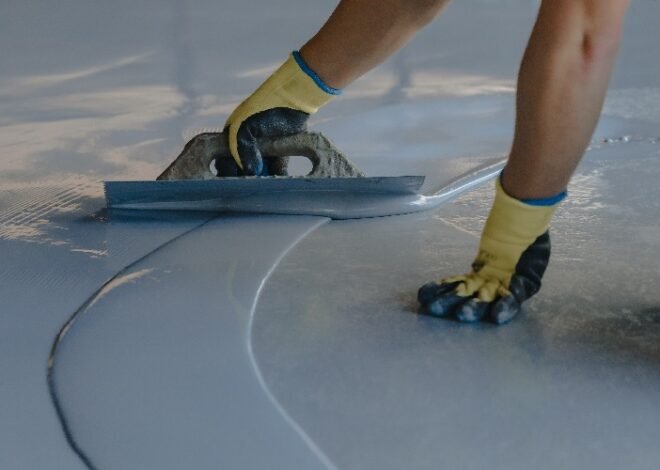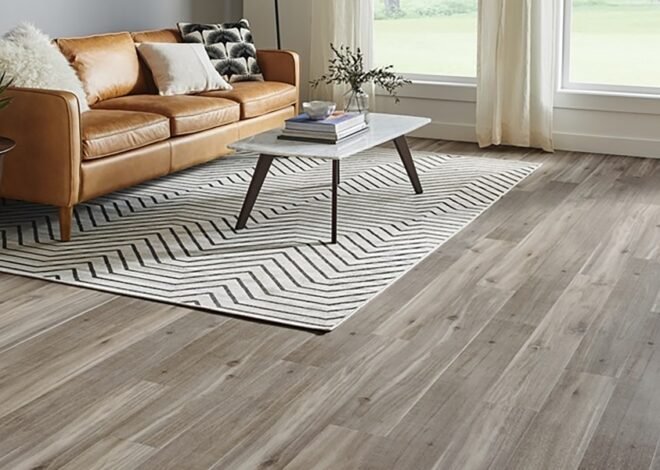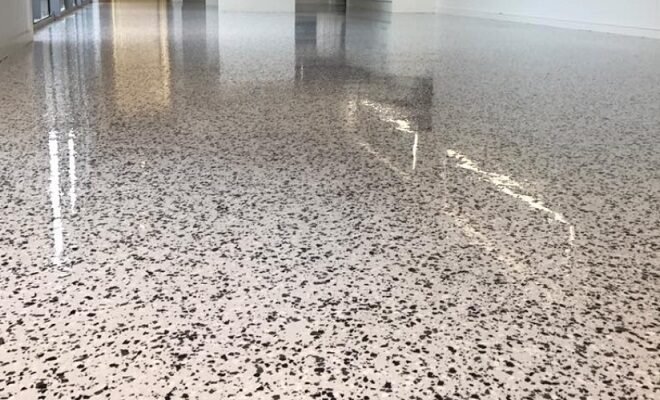
Furniture Polishing Tips for Different Climates
Maintaining the beauty and longevity of your furniture requires regular care and attention, particularly when it comes to polishing. Different climates can have a significant impact on the condition of your furniture, influencing how often you should polish and the type of products you should use. Here are some tips to help you keep your furniture looking its best, whether you live in a humid, dry, cold, or variable climate.
Humid Climates
In humid climates, moisture is the primary concern. Excessive humidity can cause wood to swell and warp, while also promoting the growth of mold and mildew. To protect your furniture:
- Use Dehumidifiers: Keeping indoor humidity levels in check can prevent wood from absorbing too much moisture.
- Apply Wax Polishes: Wax-based polishes create a protective barrier that helps seal the wood against moisture. Apply a thin layer and buff it to a shine.
- Avoid Water-Based Products: These can exacerbate moisture issues. Instead, opt for oil-based polishes that nourish the wood.
- Regular Dusting: Dust attracts moisture, so regular dusting with a microfiber cloth can help keep your furniture dry.
Dry Climates
Dry climates can be just as challenging, causing wood to dry out, crack, and become brittle. To counteract the effects of low humidity:
- Humidifiers: Adding moisture to the air can help maintain a balanced humidity level, preventing the wood from drying out.
- Oil Polishes: These are particularly beneficial in dry climates, as they replenish the wood’s natural oils and prevent it from becoming brittle.
- Avoid Direct Sunlight: UV rays can dry out wood and cause it to fade. Use curtains or blinds to protect furniture from prolonged sun exposure.
- Regular Conditioning: Condition your furniture with a good quality oil-based conditioner every few months to keep the wood hydrated.
Cold Climates
Cold climates often come with low humidity, especially during the winter months when heating systems are in use. To protect your furniture in cold weather:
- Stable Temperatures: Avoid placing furniture near heating vents or radiators, as extreme temperature changes can cause wood to crack.
- Moisturizing Polishes: Like in dry climates, oil-based polishes are ideal. They help keep the wood from drying out and cracking.
- Seasonal Adjustments: In the winter, increase humidity levels with a humidifier. In the summer, ensure adequate ventilation to prevent condensation.
- Regular Care: Dusting and polishing more frequently in the winter can help offset the drying effects of indoor heating.
Variable Climates
In areas with significant seasonal changes, furniture can experience both high humidity and dryness throughout the year. To manage these fluctuations:
- Adapt with the Seasons: Use dehumidifiers in the summer and humidifiers in the winter to maintain a stable indoor climate.
- Versatile Polishes: Use a combination of wax and oil-based polishes depending on the season. Wax for the humid months to create a moisture barrier, and oil for the dry months to replenish the wood.
- Monitor Indoor Climate: Invest in a hygrometer to monitor indoor humidity levels and make adjustments as needed.
- Consistent Maintenance: Regularly dust, polish, and condition your furniture throughout the year to prevent damage from seasonal changes.
General Tips
Regardless of the climate, some general furniture polishing tips apply universally:
- Clean Before Polishing: Always clean your furniture before applying polish. Use a mild soap solution and a soft cloth to remove dirt and grime.
- Test Products: Before applying any polish or conditioner, test it on a small, inconspicuous area to ensure it doesn’t damage the finish.
- Follow Manufacturer Instructions: Different types of furniture finishes may require specific care products and methods. Always follow the manufacturer’s care instructions.
- Use Soft Cloths: When polishing, use soft, lint-free cloths to avoid scratching the surface. Microfiber cloths are ideal for this purpose.
By adapting your furniture care routine to the climate you live in, you can preserve the beauty and integrity of your pieces for years to come. Regular maintenance and the right products can help your furniture withstand the challenges posed by varying humidity and temperature levels, ensuring that it remains a cherished part of your home.
Read more: https://rapidsurgeplus.com/


